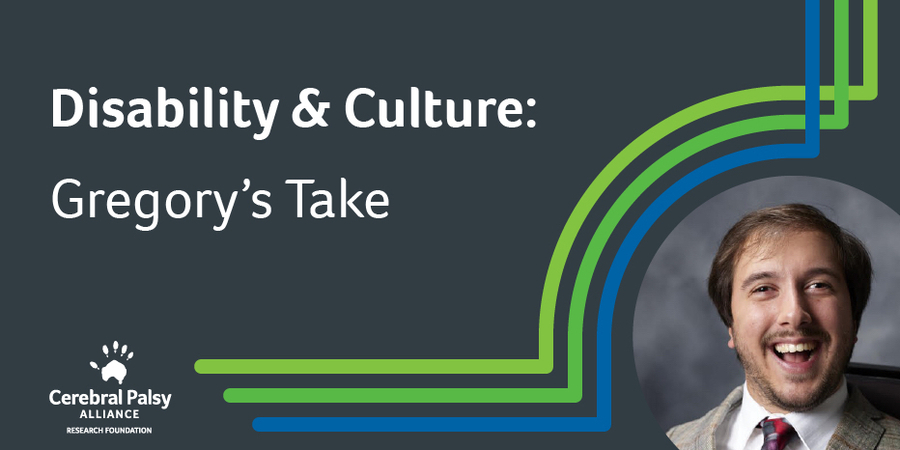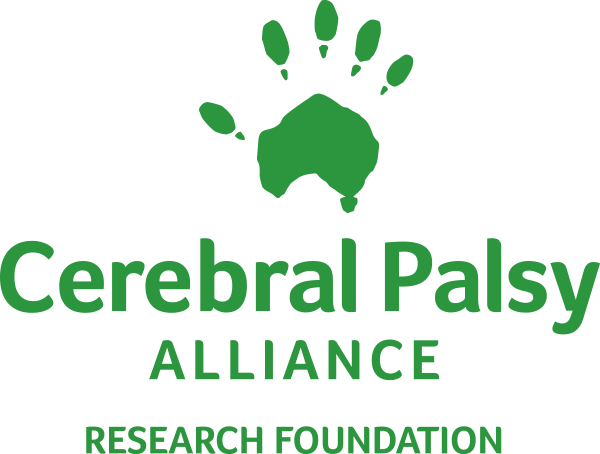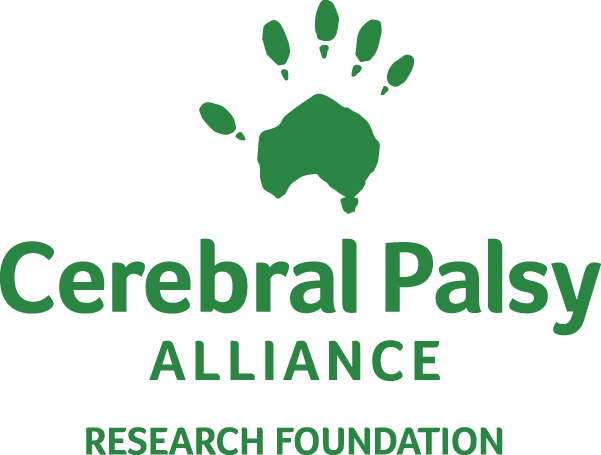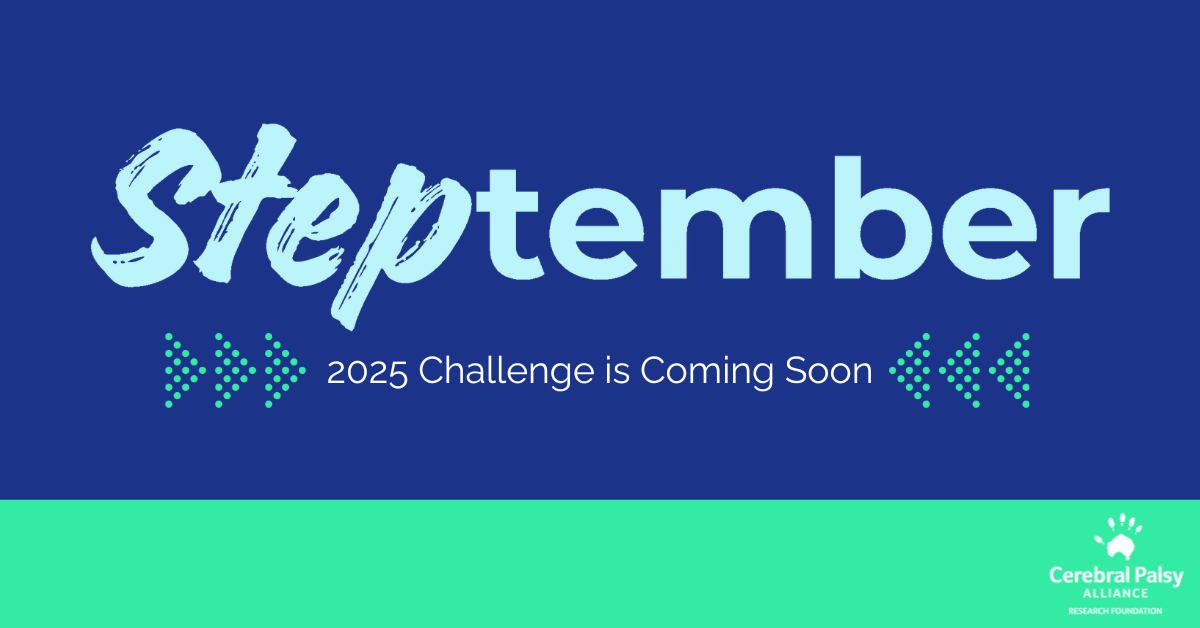
DISABILITY & CULTURE: Gregory's Take, Part III
The Evolution of Disability Representation in Disney’s Animated Films
By Gregory Moomjy
DISCLAIMER: Part III contains spoilers for Disney’s Encanto.
It is fitting to end by discussing a more recent Disney film based on another fairy tale by Hans Christian Anderson. 2013’s Frozen is loosely based on the tale of “The Snow Queen.” Anderson's story begins when a goblin creates a mirror which allows him to see the evil in humanity. The mirror shatters and its fragments rain down on the masses, with a shard getting stuck in a little boy’s eye. This does not just render him visually impaired in the literal sense but also causes his best friend to go on a journey to the end of the world to remove the glass from his eye before his altered perception of humanity causes his heart to literally freeze.
Recalling that Frozen is loosely based on this story; In the movie, the central conflict begins when Elsa accidentally hits her sister Anna on the head with a snowball that she conjured from thin air. Elsa’s journey then becomes one of learning how to live with unique magical abilities, and accept that they are a part of who she is. In this light, the problem she faces primarily manifests itself when she is told by standardly able-bodied people around her, such as her parents, that she needs to learn to control her powers. Just like any other disability, her magic is something that normal society does not understand.
Elsa’s desire to conceal her magic only makes it more uncontrollable. By the time she sings the famous song “Let It Go,” Elsa has secluded herself from her kingdom by constructing a magic snow castle atop a frozen wasteland. At this point, she is literally an outcast. The more that she tries to deny her magic, the more she hurts herself and those around her, including her sister Anna. And it is only when she accepts her powers as a part of who she is that she is finally able to control her magic and comfortably reenter society. However, here she does not end up like Ariel or The Beast, who transform into something society deems acceptable. Nor does she end up quite like Quasimodo, who despite rescuing both Emeralda and Notre Dame, still faces a long uncertain path to integrate into society. Rather, she is able to use what makes her unique to rule her kingdom well into Frozen 2.
While Disney's animated films have evolved to show the complexities of the disabled experience, the truth is that in many of their films, disability is shown only through metaphors. It is portrayed principally through magic, whether that is through an affliction from a spell that must be broken, as in Beauty and the Beast, or a protagonist learning to incorporate their powers into daily life, as in Frozen. Quasimodo appears to be the only hero with an actual non-metaphorical disability in the Disney fantasy canon.
Encanto is a step in the right direction. Sure, Mirabel’s family has magical powers. But in the context of the family, Mirabel’s lack of any obvious presentation of a unique magical gift makes her different from the rest of her family. The movie portrays her efforts to figure out her role within her family despite this lack of conventional (to her) abilities. So, even though the disability is not recognizable outside of the metaphor, she is still effectively disabled within the context of her environment.
The disabled experience is not monolithic. The inclusion of more characters with recognizable disabilities is the clear next step for Disney animated films. In order for these movies to truly amplify disabled characters, they must engage with disability directly and make it a fundamental part of who the characters are. Disney has come a long way since The Little Mermaid, but there is still further to go. Ultimately, Disney should further explore characters like Quasimodo who are just average people with disabilities who still somehow manage to live full lives and rise to fantastic challenges.
Gregory Moomjy is a musicologist and journalist based in New York City. He is co-founder and artistic director of Opera Praktikos, a company dedicated to making sure the disabled community has access to and representation in Opera.
*Gregory's story is part of DISABILITY & CULTURE — a series that uses the disabled lens, including personal experience, to examine social and cultural topics.
The DISABILITY & CULTURE series shouldn't be read or construed to contain any medical advice or medical endorsement by Cerebral Palsy Alliance Research Foundation. Only you and your doctor know what's best for you. Please consult your doctor for medical advice.
Mon 08 Sep 2025
We’re proud to share that CPARF’s 2025 Remarkable US Accelerator cohort kicks off this week! This program supports disability-focused startups that are developing cutting-edge assistive technology. Remarkable US brings life-changing ideas to market faster and ensures people with disabilities can access affordable new technology as soon as possible. Meet the 2025 Cohort: The […]
Wed 21 May 2025
Are you ready for STEPtember 2025? We’re officially in double digits — CPARF is celebrating 10 years of funding groundbreaking cerebral palsy research and driving innovation forward. And there’s no better way to mark this milestone than with our biggest, boldest STEPtember yet. Thanks to you, STEPtember has grown into a global movement that powers […]



